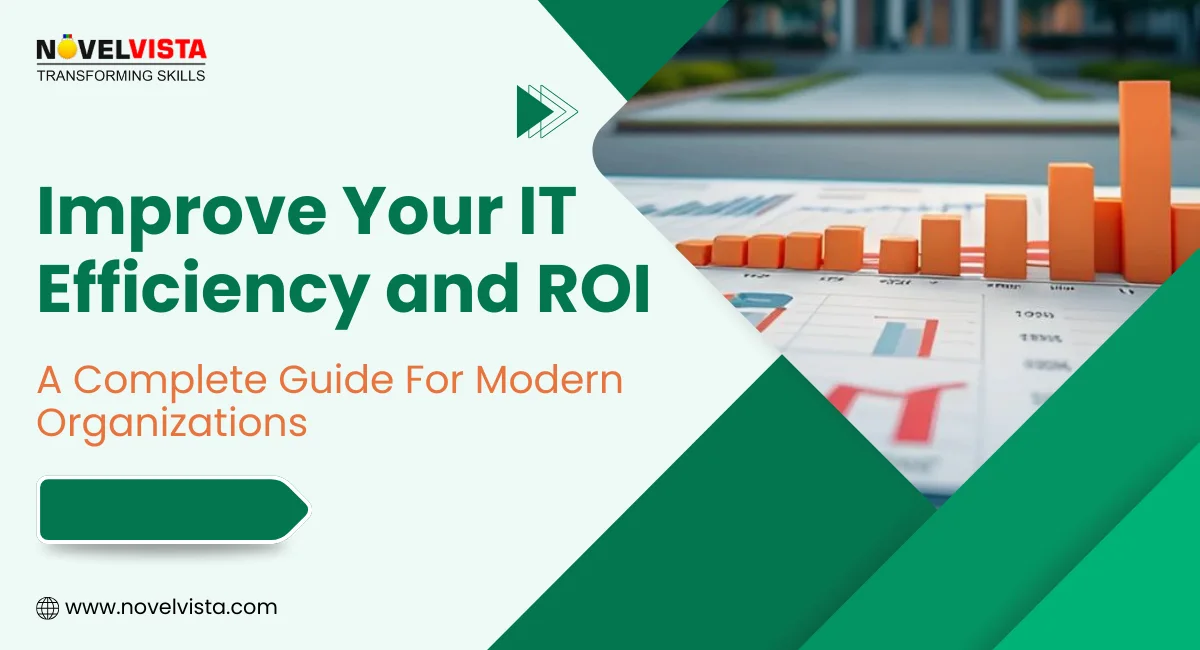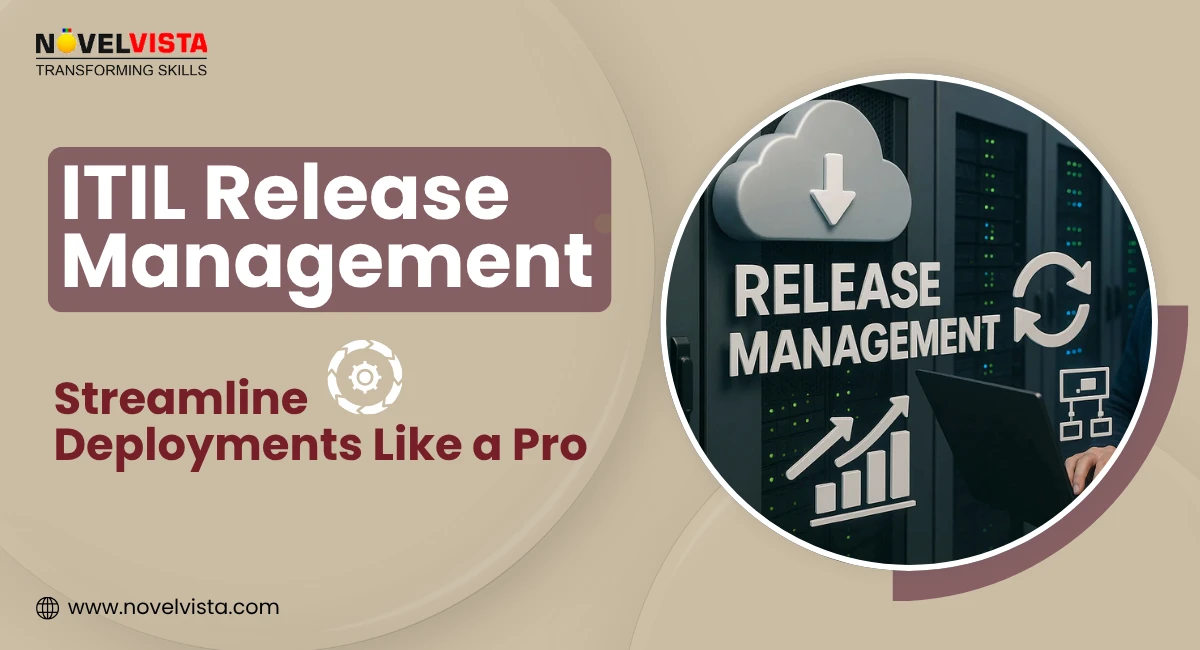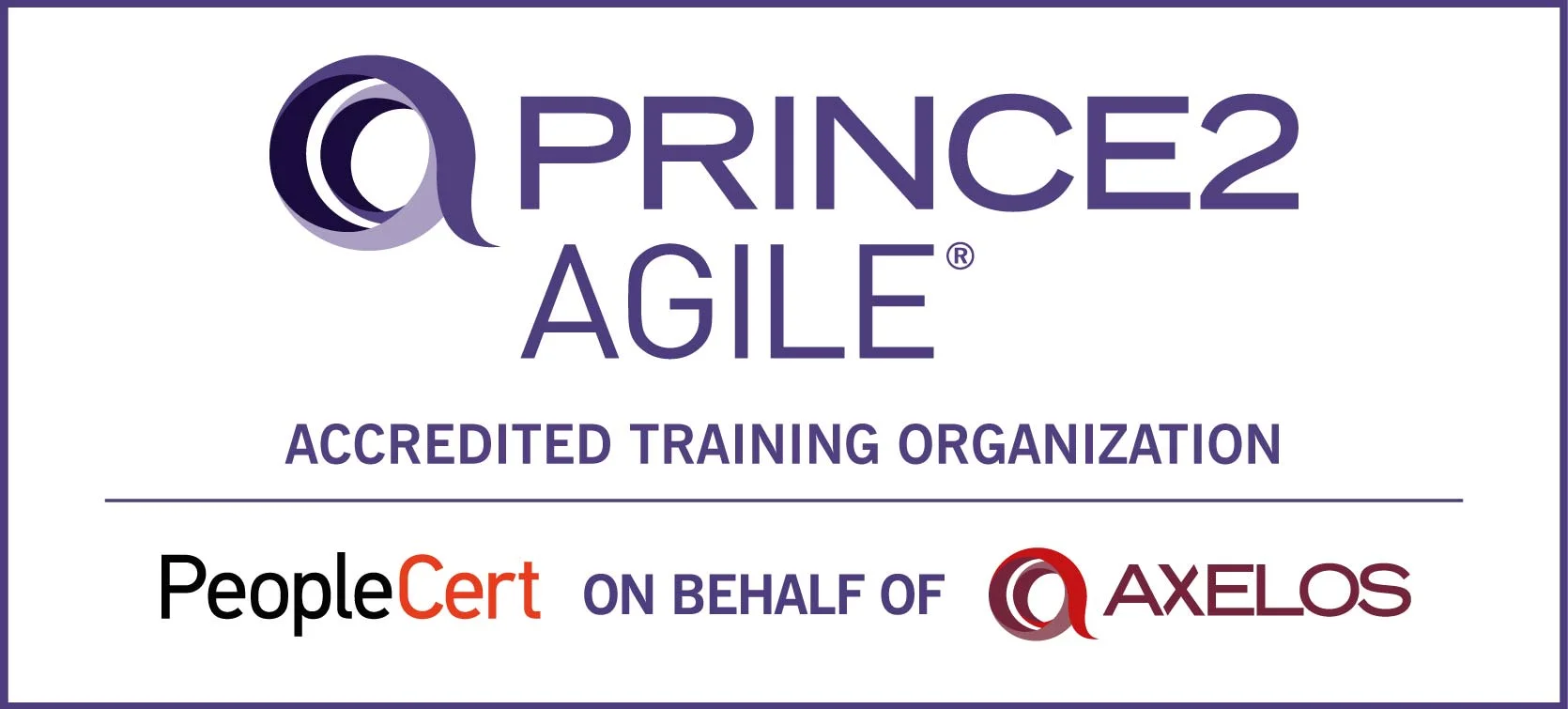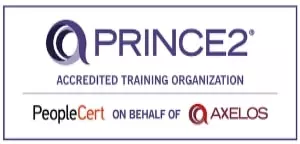In today’s fast-paced digital world, IT has become the backbone of nearly every business. Yet, despite heavy investments in technology, many organizations struggle to achieve optimal performance from their IT systems. According to Gartner, organizations waste up to 30% of IT spend due to operational inefficiencies. That’s not just money lost—it’s missed opportunities, delayed projects, and frustrated employees.
So, how can businesses improve IT efficiency and ensure that every technology dollar delivers measurable value? Who benefits from focusing on IT operational efficiency, and what strategies can drive measurable results? This guide will answer these questions and provide practical steps to optimize your IT operations, track the right metrics, and maximize your ROI.
What is IT Efficiency and Why It Matters
IT efficiency refers to how effectively an organization uses its IT resources, processes, and technology to deliver value. High IT efficiency ensures that systems run smoothly, teams are productive, and costs are controlled. Conversely, low efficiency leads to downtime, duplicated efforts, and wasted budgets.
IT operational efficiency focuses specifically on processes and workflows within IT. It’s about optimizing how teams manage infrastructure, applications, and support services. When IT operational efficiency is high, employees can resolve issues faster, resources are used optimally, and IT can respond quickly to business needs.
The benefits of improving IT efficiency are substantial. Reduced downtime increases productivity, optimized resource utilization lowers costs, and streamlined processes improve service delivery.
Key Metrics to Measure IT Efficiency
Understanding and tracking efficiency IT metrics is crucial for any IT leader aiming to improve IT efficiency. Measuring the right metrics allows organizations to identify bottlenecks, justify investments, and continuously optimize operations. Key metrics include:
- System Uptime and Availability – A high uptime ensures that critical applications remain operational, reducing business interruptions.
- Mean Time to Resolution (MTTR) – This measures how quickly IT can resolve incidents. Lower MTTR indicates better operational efficiency.
- Resource Utilization – Tracks how effectively IT resources—servers, networks, and storage—are used. Overprovisioned resources indicate inefficiency.
- IT Cost per User or Service – Helps assess cost efficiency and whether IT spending aligns with business outcomes.
Monitoring these metrics regularly empowers IT leaders to identify areas for improvement, make data-driven decisions, and ultimately improve IT efficiency. Want to know more? You can also explore ITIL Metrics and KPIs.
Get the Free IT Efficiency
Blueprint
- Boost service quality with proven IT optimization methods
- Reduce operational overhead with smarter workflows
- Deliver faster, high-value outcomes across IT operations
Strategies to Improve IT Efficiency
Once you understand IT efficiency and the metrics that matter, the next step is implementing practical strategies. Here’s how organizations can optimize their IT operations:
- Automate Repetitive Tasks – Routine processes such as patch management, backups, and user provisioning can be automated, freeing staff for strategic work.
- Consolidate and Optimize Infrastructure – Reducing redundancy, virtualizing servers, and adopting cloud solutions can improve resource utilization.
- Improve IT Process Documentation – Well-documented procedures ensure consistency, reduce errors, and speed up issue resolution.
- Leverage Cloud and Hybrid Solutions – Cloud environments provide scalability, flexibility, and operational efficiency.
- Continuous Monitoring and Proactive Maintenance – Using monitoring tools and predictive analytics helps prevent issues before they impact operations.
Implementing these strategies boosts IT operational efficiency and improves the overall quality of IT services. Organizations that adopt these approaches often see measurable improvements in efficiency IT metrics, reduced downtime, and faster project delivery.

IT Cost Efficiency – Getting More Value from Your IT Spend
While operational efficiency focuses on processes, IT cost efficiency ensures your IT budget delivers maximum ROI. Poor cost efficiency often results in overspending on unnecessary tools, underutilized systems, and hidden operational expenses.
To improve IT cost efficiency:
- Conduct Regular IT Spend Audits – Identify areas of overspending and opportunities to consolidate vendors or optimize licenses.
- Optimize Vendor Contracts – Renegotiate agreements and leverage volume discounts to reduce costs.
- Leverage Open-Source and Cloud-Based Solutions – Modern tools can replace expensive legacy systems while maintaining performance.
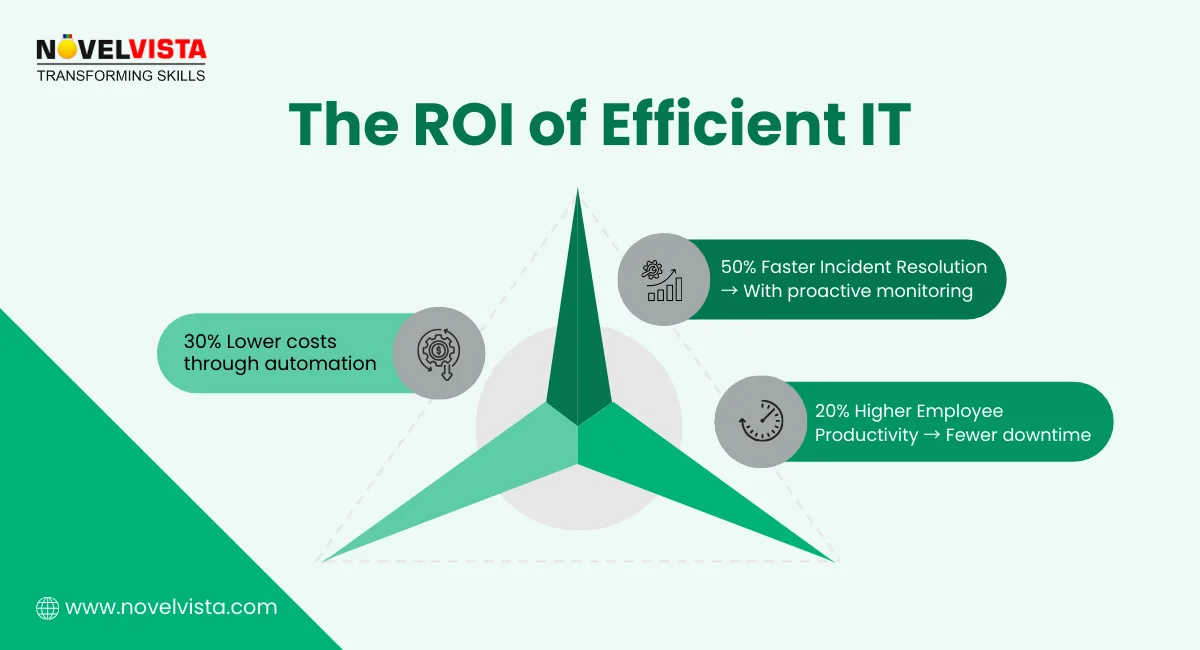
When cost efficiency aligns with operational efficiency, organizations achieve measurable ROI.
Tools and Technologies to Boost IT Efficiency
Technology itself can drive efficiency if leveraged correctly. The following tools and platforms are essential for organizations aiming to improve IT efficiency:
- IT Service Management (ITSM) Tools – Platforms like ServiceNow or Jira Service Management streamline workflows and incident resolution.
- Performance Monitoring Software – Tools like SolarWinds, Nagios, or Dynatrace provide real-time insights into system health.
- Cloud Management Platforms – Optimize cloud resource usage and track operational costs effectively.
- AI-Driven Analytics for IT Operations – Predictive analytics and AI-driven insights reduce downtime and optimize resource allocation.
These ITIL software tools not only improve operational efficiency but also provide data for key efficiency IT metrics, enabling better decision-making and faster response to business needs.
The Business Benefits of Improving IT Efficiency
Investing in IT efficiency goes beyond technical improvements—it directly impacts business outcomes. Key benefits include:
- Reduced Downtime – Faster problem resolution keeps employees productive and customers satisfied.
- Better ROI on IT Investments – Optimized systems and processes ensure every IT dollar delivers value.
- Higher Employee Productivity – Streamlined workflows free staff to focus on high-impact tasks.
- Improved Customer Satisfaction – Efficient IT support enhances the end-user experience.
By focusing on IT operational efficiency, organizations can achieve a balance between cost, performance, and strategic growth. By adopting ITIL 4 frameworks, organizations align technology, people, and processes to maximize IT value and performance.
Conclusion
In an era where technology drives business success, organizations cannot afford inefficiency. By focusing on IT efficiency, tracking key efficiency IT metrics, and implementing proven strategies for both operational and cost efficiency, businesses can cut downtime by up to 30%, optimize resource utilization, and significantly increase ROI.
Whether you’re a CIO, IT manager, or business leader, taking a proactive approach to improve IT efficiency means streamlining workflows, reducing unnecessary IT spend, and ensuring faster incident resolution. Leveraging the right mix of metrics, automated processes, and modern tools empowers organizations to deliver consistent IT performance, control costs effectively, and achieve measurable long-term business results.
Ready to take your IT service management skills to the next level?
Join NovelVista’s ITIL 4 Foundation course and gain practical knowledge, real-world ITSM insights, and globally-recognized credentials. Designed for IT leaders and IT professionals, this course equips you to optimize IT processes, enhance operational efficiency, and drive service excellence in today’s digital-first environment. Start your ITIL 4 journey today!
Unlock your potential to lead high-performing IT teams and implement best practices that deliver measurable business value. Transform your IT career while helping your organization achieve superior efficiency and ROI.
Frequently Asked Questions
Author Details

Mr.Vikas Sharma
Principal Consultant
I am an Accredited ITIL, ITIL 4, ITIL 4 DITS, ITIL® 4 Strategic Leader, Certified SAFe Practice Consultant , SIAM Professional, PRINCE2 AGILE, Six Sigma Black Belt Trainer with more than 20 years of Industry experience. Working as SIAM consultant managing end-to-end accountability for the performance and delivery of IT services to the users and coordinating delivery, integration, and interoperability across multiple services and suppliers. Trained more than 10000+ participants under various ITSM, Agile & Project Management frameworks like ITIL, SAFe, SIAM, VeriSM, and PRINCE2, Scrum, DevOps, Cloud, etc.
Course Related To This blog
ITIL4 Specialist Monitor Support and Fulfil Certification
ITIL4 Specialist Acquiring & Managing Cloud Services
ITIL® 4 Strategic Leader Digital And IT Strategy (DITS)
ITIL® 4 Specialist Drive Stakeholder Value
ITIL® 4 Specialist High Velocity IT
ITIL® 4 Strategist Direct, Plan & Improve
ITIL® 4 Specialist Create Deliver & Support
ITIL® 4 Foundation Certification
Confused About Certification?
Get Free Consultation Call

